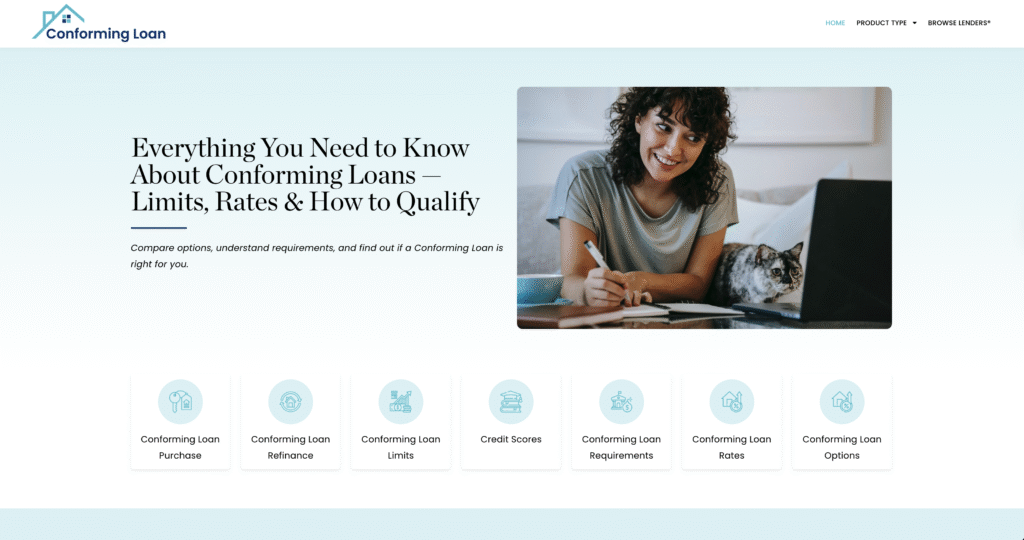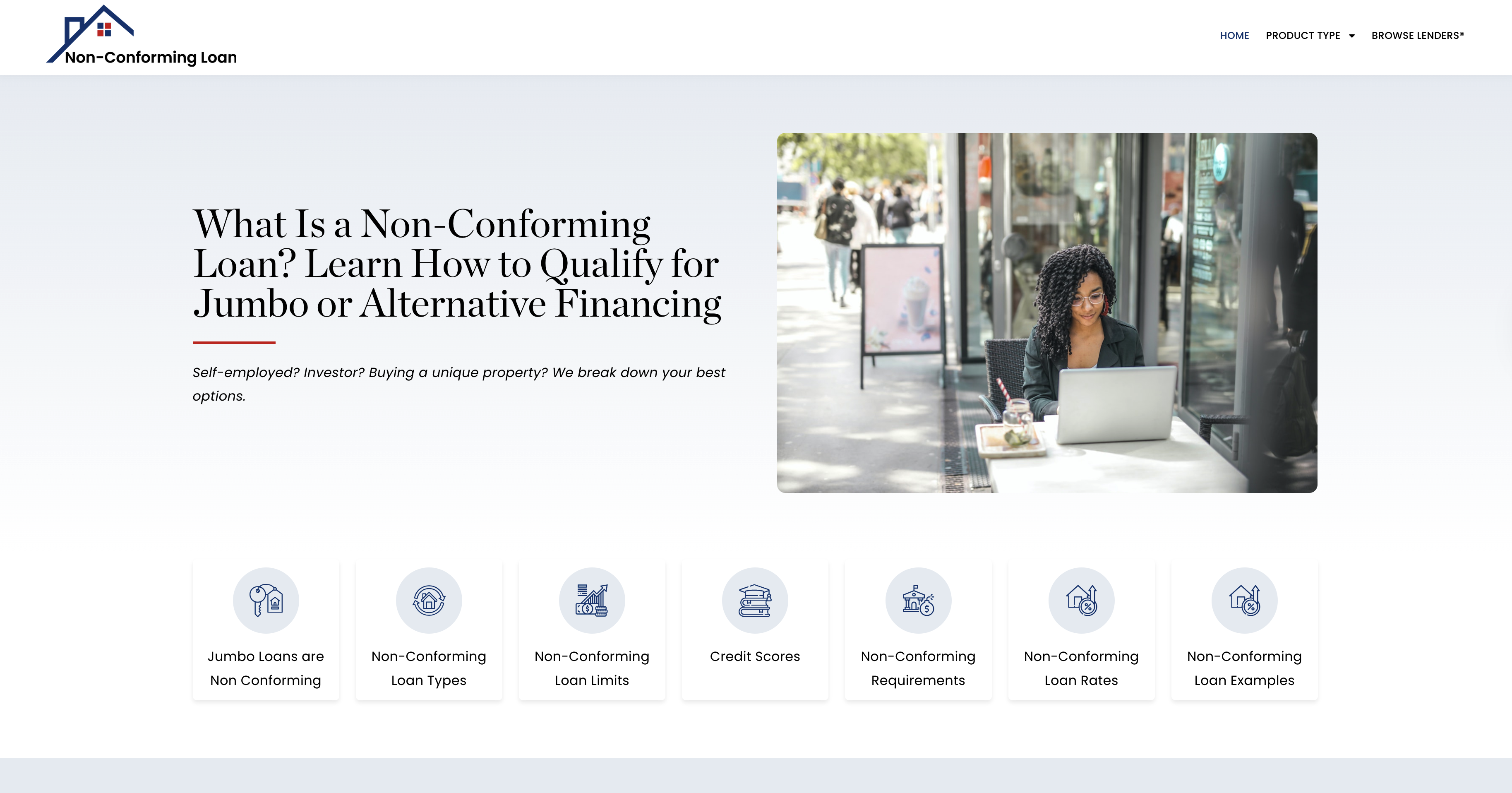Debt Payoff Planner: Map out how long it will take to pay off debt and its impact on your credit.
Debt can be a heavy financial burden, but with a structured plan, it is entirely possible to eliminate debt while simultaneously boosting your Middle Credit Score®. A debt payoff planner allows you to visualize your debt repayment journey, calculate the time needed to become debt-free, and understand how each payment impacts your credit. This guide will walk you through step-by-step strategies, debt repayment methods, and the long-term benefits of a disciplined debt payoff plan.
Step 1: Assessing Your Current Debt Situation
Before mapping out your debt repayment plan, it’s crucial to understand your current financial landscape:
- List All Debts: Include credit cards, personal loans, auto loans, student loans, and medical debt.
- Identify Interest Rates: Note the interest rate for each debt—higher rates cost more over time.
- Calculate Monthly Payments: Write down the minimum payment for each debt.
- Determine Total Debt Load: Sum up your total debt to get a clear picture of what you owe.
Example:
| Debt Type | Balance | Interest Rate | Minimum Payment |
|---|---|---|---|
| Credit Card 1 | $5,000 | 18% | $150 |
| Credit Card 2 | $3,000 | 22% | $90 |
| Auto Loan | $10,000 | 5% | $300 |
| Student Loan | $15,000 | 4.5% | $180 |
Total Debt: $33,000
Initial Strategy: Understanding your current obligations allows you to strategically plan how to attack your debt. This step provides a foundational view of where your money is going and highlights which debts are costing you the most.
Debt Analysis Techniques:
- Debt-to-Income Ratio Calculation: Knowing your DTI helps gauge how much of your income is tied up in debt payments.
- Interest Rate Audit: Evaluate which debts are costing the most in interest—target these first.
- Monthly Budget Review: Identify areas to reallocate money toward debt repayment.
Step 2: Choosing a Debt Repayment Method
To efficiently eliminate debt, choose a structured repayment method that aligns with your financial goals:
- Debt Snowball Method: Focus on paying off the smallest debt first while making minimum payments on others. This builds momentum and motivation.
- Debt Avalanche Method: Pay off the debt with the highest interest rate first to minimize total interest paid.
- Hybrid Method: Combine both strategies by paying off a small, high-interest debt first to see quick results.
Example: If you have a credit card with a $3,000 balance at 22%, paying it off first will save you more money over time compared to tackling a lower-interest loan.
Advanced Techniques:
- Bi-Weekly Payments: Splitting your monthly payment into two smaller bi-weekly payments reduces interest faster.
- Windfall Payments: Use bonuses, tax refunds, or side income to make lump-sum payments on your highest-interest debts.
- Refinancing or Consolidation: If you have multiple high-interest debts, consider consolidating them into a lower-interest loan.
Debt Consolidation Options:
- Personal Loans: Use a low-interest personal loan to pay off high-interest credit cards.
- Balance Transfer Cards: Transfer balances to a 0% APR credit card to reduce interest costs for 12–18 months.
- Home Equity Loans or HELOCs: Leverage home equity for lower interest rates, but with caution.
Long-Term Techniques for Debt Reduction:
- Snowflake Payments: Apply small amounts of leftover budget money toward debt each week.
- Side Hustle Earnings: Dedicate any additional income to your debt snowball or avalanche method.
- Subscription Audit: Cut unused subscriptions and redirect that money to debt.
Step 3: Mapping Out Your Debt Payoff Timeline
Once you choose a method, map out your payoff timeline:
- Debt Payoff Calculator: Use online tools to input your balances, interest rates, and monthly payments to estimate your payoff date.
- Amortization Schedule: Create a spreadsheet to track monthly payments and interest paid.
- Visual Timeline: Mark major payoff milestones (e.g., first debt paid off, halfway point, debt-free date).
Example Timeline:
- Month 6: Credit Card 1 Paid Off
- Month 12: Credit Card 2 Paid Off
- Month 18: Auto Loan Paid Off
- Month 24: Student Loan Paid Off
Tracking Your Progress:
- Monthly Check-Ins: Review your balances and adjust payments if you receive extra income.
- Credit Score Monitoring: Watch your Middle Credit Score® improve as your balances shrink.
- Debt-to-Income Ratio Improvements: As debts are paid, your DTI ratio improves, making you more attractive to lenders.
Advanced Tracking Techniques:
- Mobile Budgeting Apps: Apps like Mint and You Need a Budget (YNAB) help track debt payments and spending.
- Debt-Free Community Groups: Join online forums for support and motivation during your journey.
- Accountability Partner: Find someone with similar goals to keep you accountable.
Step 4: Monitoring Your Progress and Adjusting Your Plan
Consistency is key to paying off debt, but it’s equally important to adjust your plan as needed:
- Monthly Check-ins: Evaluate your progress every month. Adjust payments if you receive unexpected income.
- Review Interest Rates: If interest rates change, consider refinancing or renegotiating terms.
- Track Credit Score Improvements: As your debt decreases, your Middle Credit Score® should begin to climb.
Advanced Techniques:
- Automate Payments: Set up auto-pay for all debts to avoid missed payments.
- Debt Payoff Challenges: Participate in online debt payoff challenges for motivation and support.
- Celebrate Milestones: Reward yourself for major payoffs to stay motivated.
- Snowflake Payments: Any small savings from cutting out non-essentials should be applied to debt.
Mapping out your debt payoff journey not only brings clarity to your financial situation but also creates momentum as you see balances drop and your Middle Credit Score® rise. With disciplined planning, structured repayment methods, and consistent monitoring, achieving a debt-free life is entirely possible.
Middle Credit Score® Support Center
Browse Lenders® – Speak with a Lending Expert






